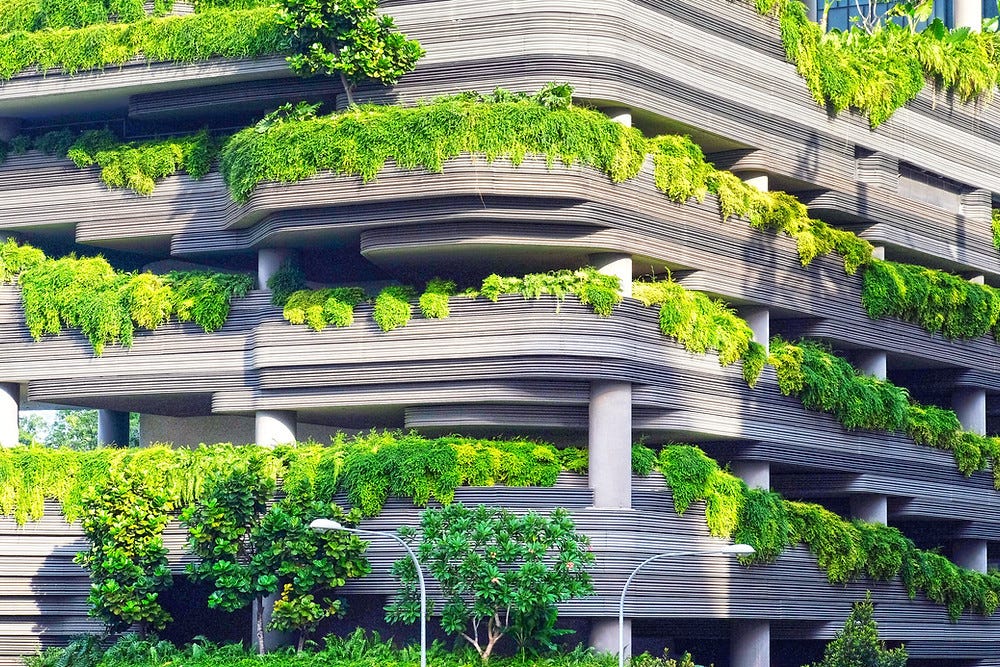A former CEO of Starkey Construction in Montgomery, Texas, William “Bill” Starkey emphasized green building principles in water and energy efficiency. Another aspect of this sustainability commitment for William Starkey was proper planning for site and structure design.
Selecting a sustainable site, whether a residence or business campus, starts with minimizing the impact on areas of ecological and cultural importance. These include wildlife habitats, prime farmland, and prehistoric and historic sites. In addition, sustainably developed structures should be no closer to wetlands than 100 feet. Ideally, developments should take advantage of in-fill opportunities when they arise, from vacant lots to parking areas. Remediated brownfields and industrial sites, as well as disused rail yards, also offer redevelopment potential.
With the site-sensitive approach, the community can address sprawl and maximize already existing development footprints. Infill locations are often closer to amenities, such as shopping, public transportation, and recreation, which also limits resource waste and excess car use that occurs when developments are spread too far away.



